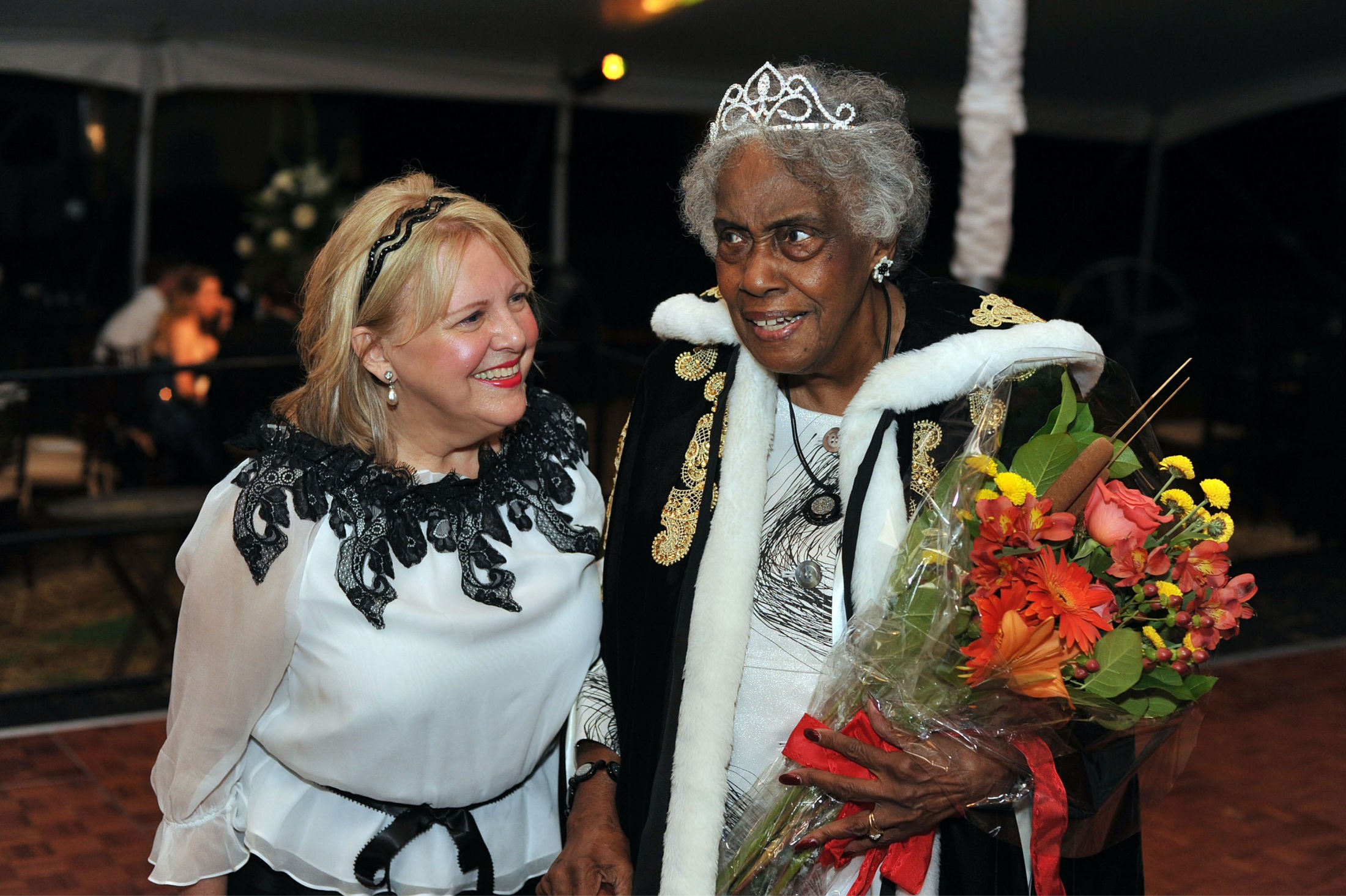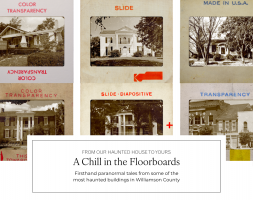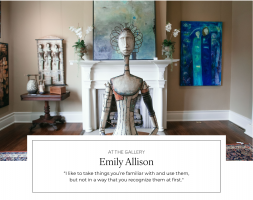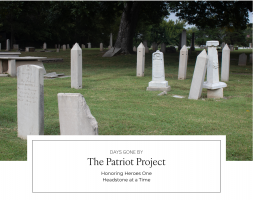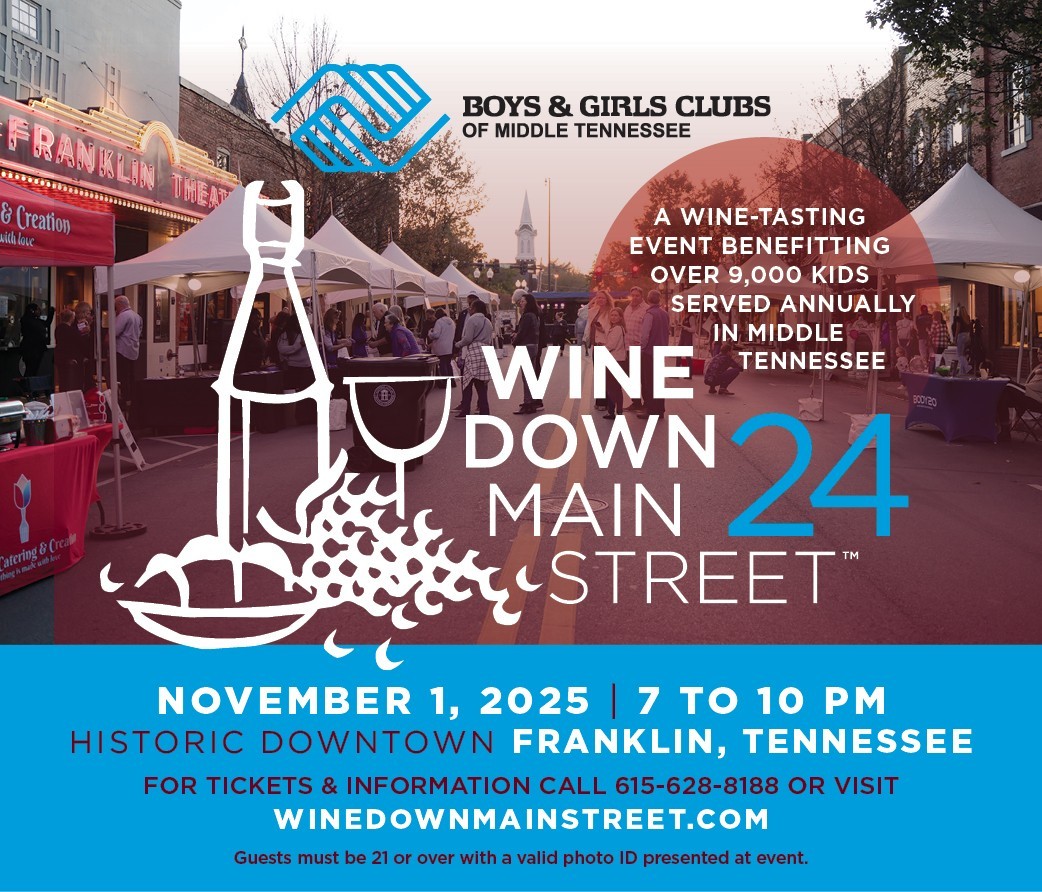A Great Love Affair with Preservation
Originally from Somerset, Kentucky, as a young girl, Mary became interested in historic preservation. She watched her grandmother work on an old farmhouse with her beloved stepfather, Mr. Harry. Then her mother and stepfather bought and restored a historic home on Somerset’s Main Street.
“I loved everything about it—design, rehabilitation, cleaning wavy glass, identifying wood, and hanging out on the front porch. I made frequent trips to visit my grandparents and country relatives in Cabin Holler and Pisgah. I loved the barns, fields planted with crops, chicken coops, exploring for arrowheads, and the sleeping porch. My town and country churches were all historic buildings, as well as the icehouse, farm supply store, and downtown shopping stores.” The love affair had begun.
Mary had the great fortune to live in the incredible historic city of Charleston, South Carolina during her early years. “I was lucky to live right downtown at 20 State Street and volunteered with the Historic Charleston Foundation. This organization focused on preserving Charleston’s heritage through preservation initiatives, advocacy efforts, and house museums, was Mary’s first official foray into the world of preservation.
“Charleston’s Mayor at the time, Joe Riley, was a voice for historic preservation deeming nothing historic should be demolished and advocated for historic zoning. I witnessed first-hand what it meant to not be ‘Anywhere, USA’. I quickly realized the dollars and sense of historic preservation.”
When it came time to leave Charleston Mary was on the hunt for her next home. “I knew I wanted to be a short drive away from Somerset but also have a rich history like Charleston. I moved to 4th Avenue South in Franklin and my Williamson County historic preservation journey began. It was clear what Franklin had to offer. I immediately became involved in all thing’s preservation. When Rudy left the Heritage Foundation, it was suggested that I apply for the job, so I did. My background was non-profit work, but my passion was historic preservation.”
In 1986, Mary became the fourth Executive Director of the Heritage Foundation. The Downtown Franklin Association merged into the Foundation under her careful watch. Her small but mighty staff continued the Heritage Ball, the Town & Country Tour of Homes, and the downtown Franklin festivals, and throughout the year, many more amazing community events designed to raise awareness of historic preservation all while cultivating a culture of volunteerism and community pride from involvement. The Main Street Festival, Pumpkinfest, and Dickens of a Christmas continue to bring over 300,000 locals and visitors to downtown and add more than $10 million annually to the economy.
Former Alderman and longtime Franklin resident, Margaret Martin says, “Mary is my go-to person for just about everything! I once told a big developer who said he knew all about building in Franklin, but who asked me, ‘Who is Mary?’ I replied, ‘If you don’t know MARY, you know nothing about developing in Franklin!’.”
As Rudy says, “Mary has a wonderful, cheerful way of bringing people together to accomplish preservation projects. It has been the pleasure of my life to work with my best friend, Mary Pearce.” Rudy’s late husband Peter Jordan said of Mary, “Don’t ask Mary to do something unless you really mean it.”
The Dynamic Duo
Mary and Rudy were a dynamic duo for two decades helping make Franklin the Hallmark town it is today. They changed the face of historic Franklin through preservation projects, implementing historic zoning ordinances, and Streetscaping. They have been a voice for so many historic homes and buildings that might have been torn down or neglected.
When they both moved here in the 1970s, Franklin was not the charming city we all know and love. “I’m not sure you would have fallen in love with the Franklin I fell in love with,” explains Mary. Thankfully, historian Rick Warwick was documenting much of Franklin’s history, and men like Bill Powell and Michael Lee were working to restore dozens of old homes, buildings, and churches. In 1972, Franklin’s sixteen-block downtown area received recognition as a National Registered District. At the time, Franklin had the highest concentration of buildings possessing historic and architectural value in Tennessee. The original sixteen-block area of downtown was drawn up by Franklin’s founder Abram Maury.
The opening of I-65 brought an increase of new development to Franklin. A 30,000 sq. ft. shopping center on the southeast corner of Public Square was announced. The development demolished even more important buildings. The shopping center never became a huge success, and it closed in the early 1980s to be repurposed as Franklin’s City Hall.
Franklin’s Streetscape Program
After Mary became Director of the Heritage Foundation, she and Rudy worked hand-in-hand with supporters like Ed Silva, Bo Stewart and long-time downtown merchants to get Streetscape over the top. This was an effort to completely redesign the downtown streets and lower the crown of the streets to avoid future flooding of the downtown buildings. The project began in 1990 and included installing new sidewalks, streetlights, and trees from First to Fifth Avenue on Main Street. To help pay for the sidewalks, each property owner was assessed an amount by linear footage in front of their buildings through a 10-year special assessment tax.
Many downtown businesses were unamused by this effort and were definitely not supportive but when beloved local businessman John M. Green was willing to put an electric pole in front of his insurance/real estate office on 4th Avenue South (now Triple Crown Bakery), the merchant support began to change. Because of Mr. Green’s support, the Heritage Foundation was able to create a “model of streetscape” which helped in gaining support for the proposed improvements including streetlights, trees, underground wiring, and street benches.
Historic Zoning Overlays
In 1988, the Franklin board of Mayor and Aldermen tasked Rudy and Mary with determining the level of support among local residential and commercial property owners for the historic overlay zoning they were proposing. Historic zoning overlays are crucial to protecting historic resources like Franklin’s Main Street, along with historic buildings, homes, and neighborhoods.
They went door-to-door to canvas interest in protecting the historic properties in the sixteen blocks of the original town with local, enforceable legislation. They received huge support and got enough signatures for HZO passed by the Board of Mayor and Aldermen.
“Franklin did not happen by accident. We needed to create a vision to save historic places to make them part of our future,” explains Mary.




















